In 2013, Alex Pejic explained the work of Prime Focus World on WHITE HOUSE DOWN. He then worked on HERCULES before joining Framestore in 2014.
Kevin Spruce has worked at Framestore for over 15 years. His credits include THE CHRONICLES OF NARNIA: PRINCE CASPIAN, AUSTRALIA, WHERE THE WILD THINGS ARE and GUARDIANS OF THE GALAXY.
How did you and Framestore get involved with this show?
Alex Pejic // Framestore became involved around 2 years ago; we are always looking for opportunities to be part of the creative process at the very beginning of a project, before all the questions have already been answered. This was a great chance to be reunited with David Yates and Tim Burke, who we previously worked with on the last HARRY POTTER films, producing creature animation and large environments for those films.
How was your collaboration with director David Yates and VFX Supervisor Tim Burke?
Alex Pejic // If you work in VFX in London then at some point in your career, in some way, you have worked with David and Tim! It’s a very rewarding process; collaboration from every side with one single aim to make the best pictures we possible can. During the shoot there were several occasions where we met with David and Tim to discuss animation requirements. After the shoot was done we mainly dealt with Tim during the post production process.
What was their approach to the visual effects?
Alex Pejic // From the very beginning, the main focus was around the animated apes; the Manganis. The design was already in place when they approached us, and there was a photoreal sculpture of a fully groomed Akut that we used as reference. The decision to hand-animate the Mangani, and steer away from motion capture, was taken early on. It was a bold decision, but really the only one that would work for what the client wanted out of ape’s performances.
In my view, it was about what the visual effects can do to emphasize and support the narrative rather than seeing the visual effects as a tool just make the impossible, possible.
What are the sequences worked on by Framestore?
Alex Pejic // Framestore worked on over 700 shots. These include:
1) All Mangani / young Tarzan flashback sequences
2) Akut and Tarzan fight
3) Flashback Kulonga
4) Mountain path
5) Train ambush (We shared shots with Rising Sun Pictures. Our work here was characters only)
6) Jane rom
7) Meeting elephants
8) Mangani Jane
9) Tarzan’s charge
10) Wildbeast stampedo (we shared shots with MPC. Framestore worked on the creatures, digi double Tarzan and Jane)
What was your approach about the Mangani characters?
Kevin Spruce // Mangani are fictitious characters from the book, so we had license to be imaginative with the design. We saw them as a blend of the great apes and humans with a large helping of gorilla thrown in. Gorillas are incredibly majestic, powerful and graceful so we attempted to realise these attributes in our Mangani.
Can you explain in details about their creation?
Kevin Spruce // Sebastien Lochman created some amazing to scale sculptures which defined the principal Mangani characters in the film. This gave us a strong base with which to build our CG models and also a lot of very accurate anatomical information which informed how we should rig our characters. Just standing next to one of the head sculptures and staring into it’s eyes gave the viewer a real sense of how imposing they could be. They were so real!
What was the main challenges with these creatures?
Kevin Spruce // The main challenge is to make them look real and creating the illusion of a creature who is treating Tarzan as one of their own, without falling into the trap of making them act and perform like humans. It’s a fine line. Its very easy to just put a human motion-capture performance in there that everyone can relate to, but our client was looking for something more nuanced than this.
Which one was the most complicated to created and why?
Kevin Spruce // No one character was more complicated than the other because they all had to demonstrate different emotional beats. Kala, Tarzan’s mother, had to be so subtle in the way she connected to Tarzan, communicating a connection. Apes in the wild communicate in an abundance of ways including; body language and posturing, head direction, blinks, teeth baring and sounds. The animation team studied all of this looking at tons of different types of ape reference to accurately portray naturalistic behaviour, gorillas and chimpanzees being the main two sources. Akut and Kerchak are more assertive and posturing in their movement but there is an age gap that we had to emphasise. Akut is the dominant male. Kerchak the older and embittered once leader. We looked for any opportunity within the animation to establish these differences. David Yates would nearly always pick the versions with subtle performances over others.
How was did you simulate their presence on-set and their interactions with Tarzan?
Kevin Spruce // The apes had stunt doubles on set wearing fat suits to bulk them up closer to ape size. Invariably they ended up being even bigger but David directed them to give us a good starting point for the pace of each sequence and any specific acting beats he wanted to hit in a particular shot. Some of this changed later but with VFX it always does! We would block out the sequences to supply DY and editorial material so they could further hone the edit to a better place. They would then supply us with a new edit and we would re-block or begin animation on the content they were happier with. It was really collaborative; some sequences locked down quicker than others, but there was some good healthy back and forth and a sharing of thoughts and ideas.
Can you tell us more about the creation of the Elephants?
Kevin Spruce // David Yates wanted the Elephants to be as graceful, majestic and beautiful as possible. We experimented early on with many different speeds of walks to find the sweet spot for this sequence. The slowed down speed we chose is probably an unrealistic speed for a real elephant, but it worked very well in context of the sequence, achieving David’s vision of that moment.
The eyes work is also great. Can you tell us more about it?
Kevin Spruce // We have recently completed a new eye rig used on TARZAN, which has many more controls than we historically had at our disposal. It allowed a close to perfect realisation of how the eyes would move, blink, squash and stretch.
We also used a lot of reference; studied eyes in slow motion to analyse what goes on when they change direction, for example. You start to understand and discover stuff you could never see at normal speed. But it’s exactly this that makes an eye look real. So we’ve tried to build this behaviour into our eye rigs and show our animation team how to use it to best effect. It worked great on the apes in TARZAN!
How was the work at Framestore organized across your CG and 2D supervisors?
Alex Pejic // Work was split between our London and Montreal offices and the assets we built, from characters to our jungle environment, were shared across sequences.
Our CG Supervisor would focus on all CG aspects of the project. That means getting all assets in place, look – deving them, ensuring that the references for the lighting team are in place, and supporting the rigging and animation team so they have a full picture of what’s going on with the project.
Our 2D Supervisors dealt with the grading of the plates, and most importantly making sure that every team knew what needed to be worked on in each shot; across roto, paint and then comp. They are always extremely patient people.
The jungle is an impressive environment. How did you approach it?
Alex Pejic // We knew from the beginning that the Jungle was based on the environments found in Gabon, West Africa. Before we even went on set we’d done our homework and listed the species found in the jungle, and how many we’d need of each plant and tree to replicate Gabon. When the sets were complete, we visited Leavesden to collect more specific references, textures and measurements. We relied heavily on that set as a visual guide, extending what was already built there.
Can you explain in detail about its creation?
Alex Pejic // We identified the most recognizable trees and plants onset and built out a 3D asset library of 7’000 species in total!
The environment team would play with their tools based on variable to get ground level vegetation in place. At the beginning it really was guesswork but once we all learnt the process for separate sequences it was straightforward. Then came the vine dressing and adding additional foliage around trees as well as creating foreground elements. All of this work would then go to the animators to bring it alive and whatever foliage was affected by animation would be passed to our FX team for further dynamics if needed.
Did you develop specific tools and procedural techniques for it?
Alex Pejic // We developed a number of tools specifically for this project, including “Flesh and Flex”; Framestore’s new muscle system that deals with muscle deformations and skin sliding.
It’s automated when you need it but also flexible enough to allow you to control and trigger muscle groups depending of animation directions.
As for the Jungle, we developed a procedural way of building an environment based on a number of variables that would define species, density, the amount of light coming through the canopies and scale. It worked really well for what we needed.
Can you tell us more about the creation and the challenges for the shots of Tarzan swinging through the jungle?
Alex Pejic // Those shots actually emerged several months into the project. There was real footage that had been shot on stage in Leavesden. David had very specific vision of Tarzan’s “flying” ability; he wanted to keep it human but still show a physical ability that works within reality.
What do you keep from this experience?
Alex Pejic // Personally quite a lot! Before I started, it never crossed my mind that I would get such an insight into Gabon’s jungle and be able to easily name and recognize dozens and dozens of different spices like Aclocasia , Asplenium, Astilbe, Ayous, Azove, Bromeliad, Farfugium, Kapok, Milicia, Moabi…..the list goes on! When you’re surrounded with such talented artists there is no challenge too big.
Was there a shot or sequence that prevented you from sleep?
Alex Pejic // There is always something on the project that keeps you awake or wakes you up at around 4am. Surprisingly on this project due to Framestore’s extensive character and environment work on previous projects and our robust pipeline, used in past projects like GRAVITY, it was a smooth ride- once we had everything figured out technically and creatively! That was a lot down to relationships with David and Tim. For me it was jungle environment. My first contact with the jungle on this project was onset in Leavesden. It was so carefully and beautifully created that I started to worry about the complexity and variation of vegetation they had there, knowing that we needed to recreate this in 3D. Then several weeks later I saw the Gabon aerial shots for the first time and that totally freaked me out! There was a lot of pressure to create a very real and stunning environment.
How long have you worked on this film?
Alex Pejic // It is one of the longer projects I’ve worked on. I started almost 2 years ago.
How many shots have you done?
Alex Pejic // It was one of the bigger shows going through at the time.
We’ve done around 700 shots.
What was the size of your team?
Alex Pejic // Crew size obviously varies during the post schedule but it was around 200 artists.
What is your next project?
Alex Pejic // It’s a very personal project. Its called “holiday.” I haven’t had one for a while. I’m currently involved in few projects and they are all in different stages of development . Unfortunately, I can’t say anything more then that at this point but you will find out very soon!
A big thanks for your time.
// WANT TO KNOW MORE?
– Framestore: Dedicated page about THE LEGEND OF TARZAN on Framestore website.
© Vincent Frei – The Art of VFX – 2016







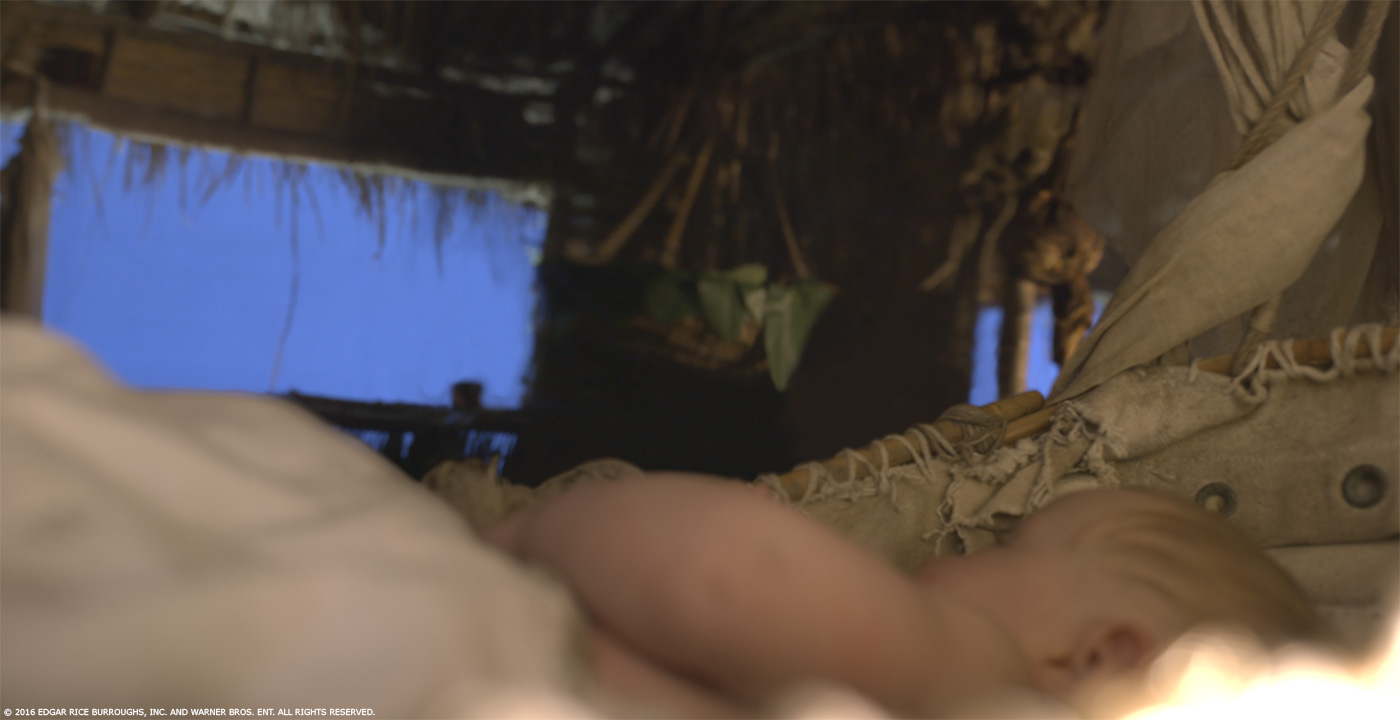
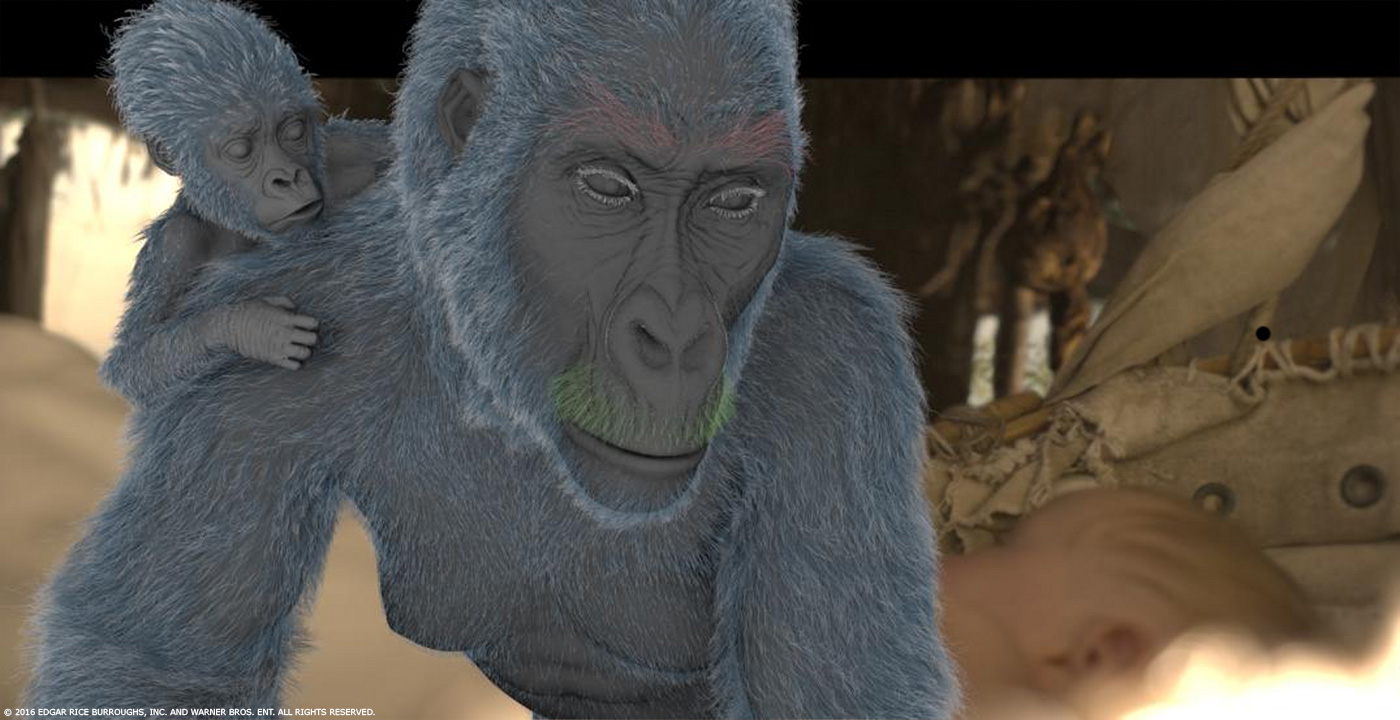
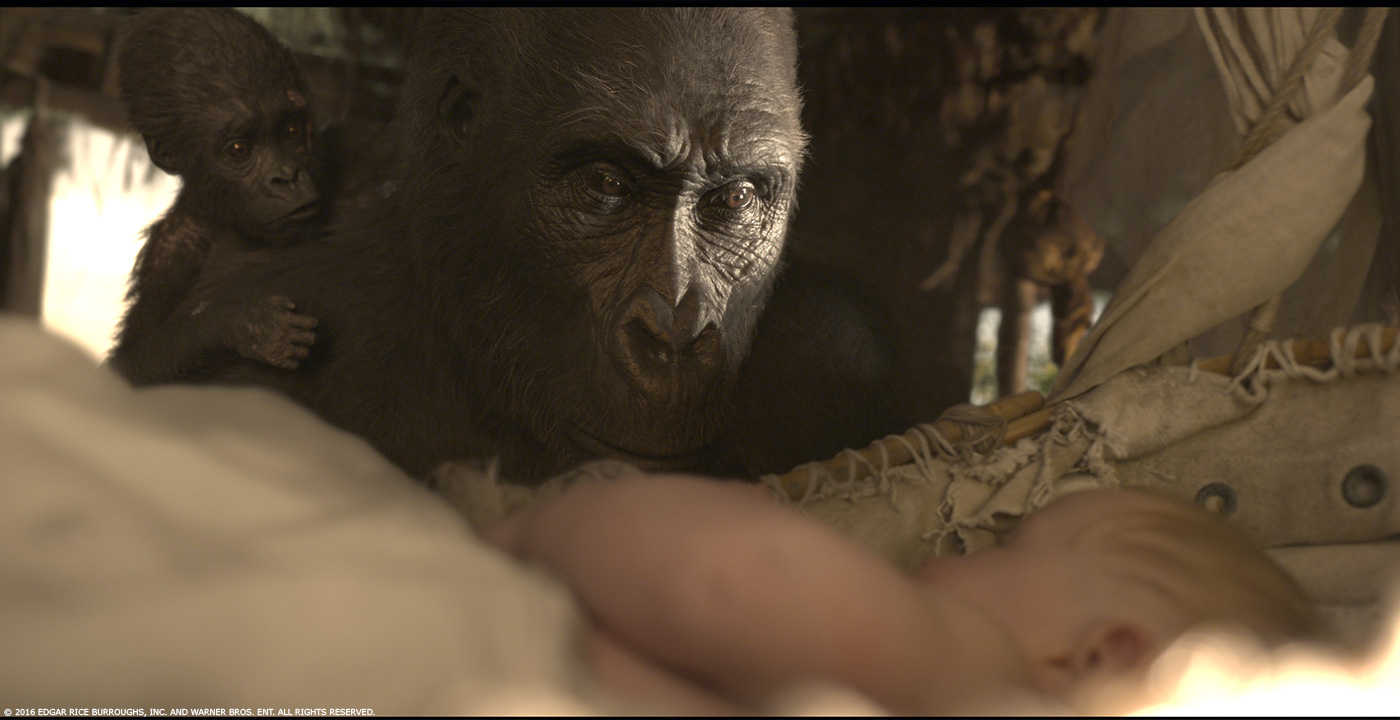
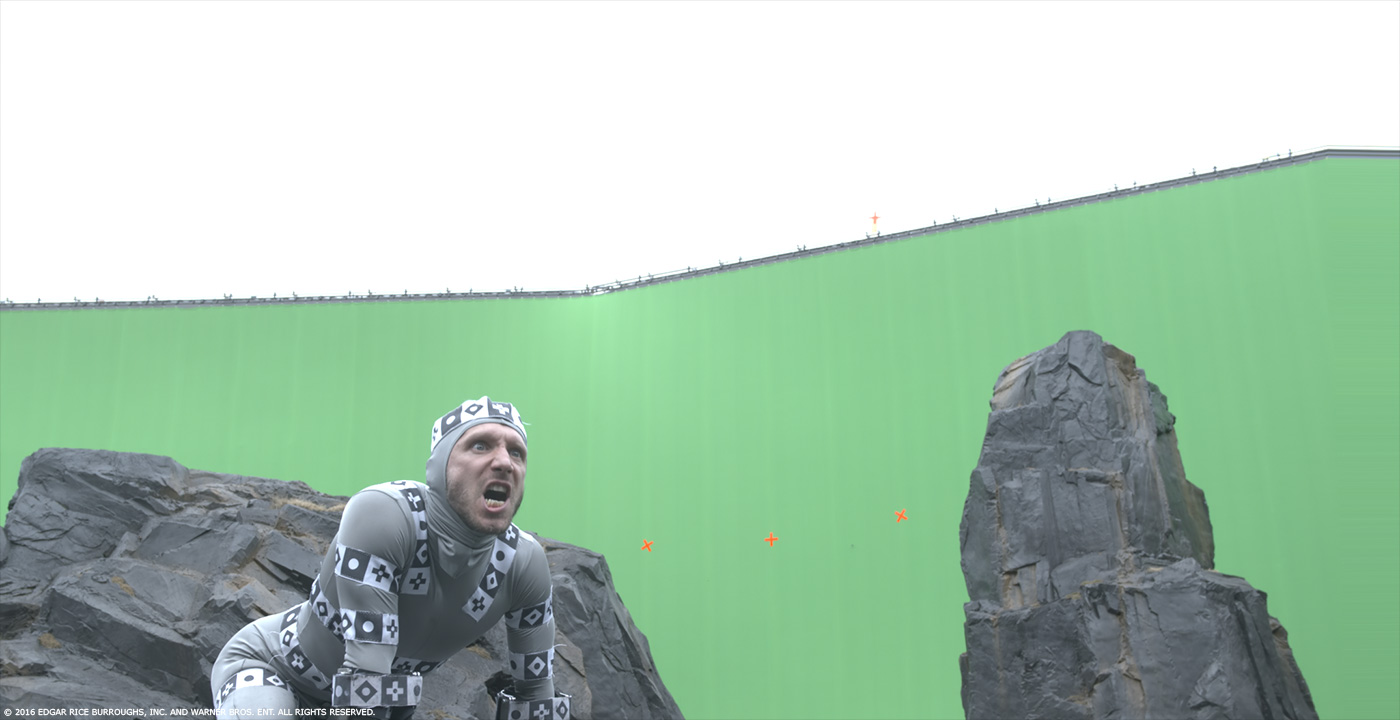
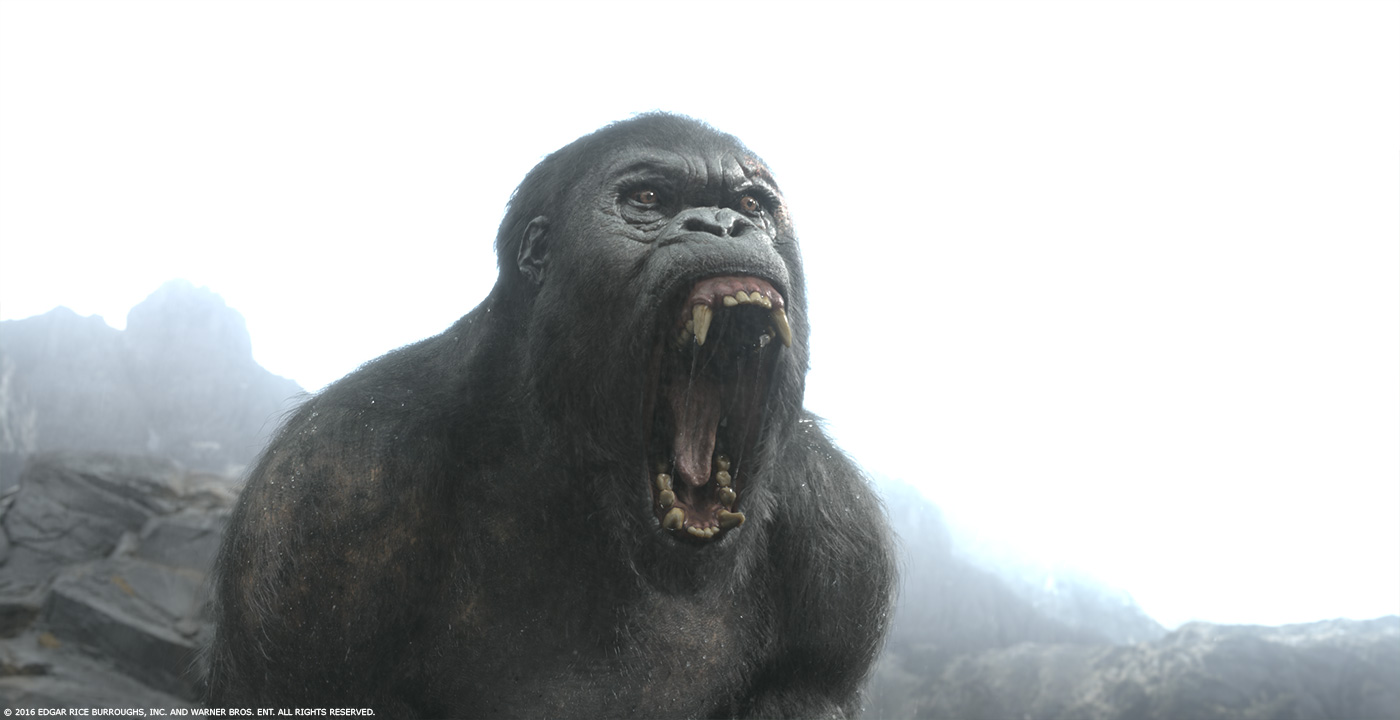


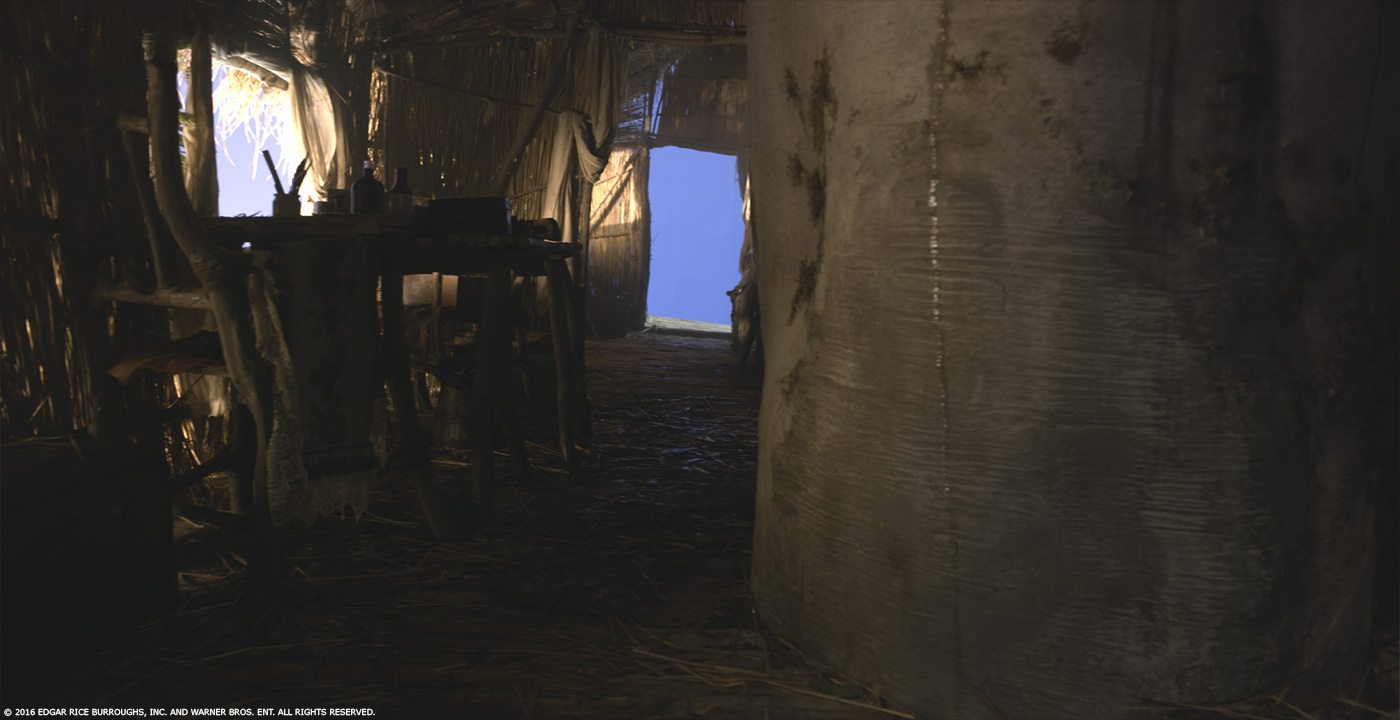
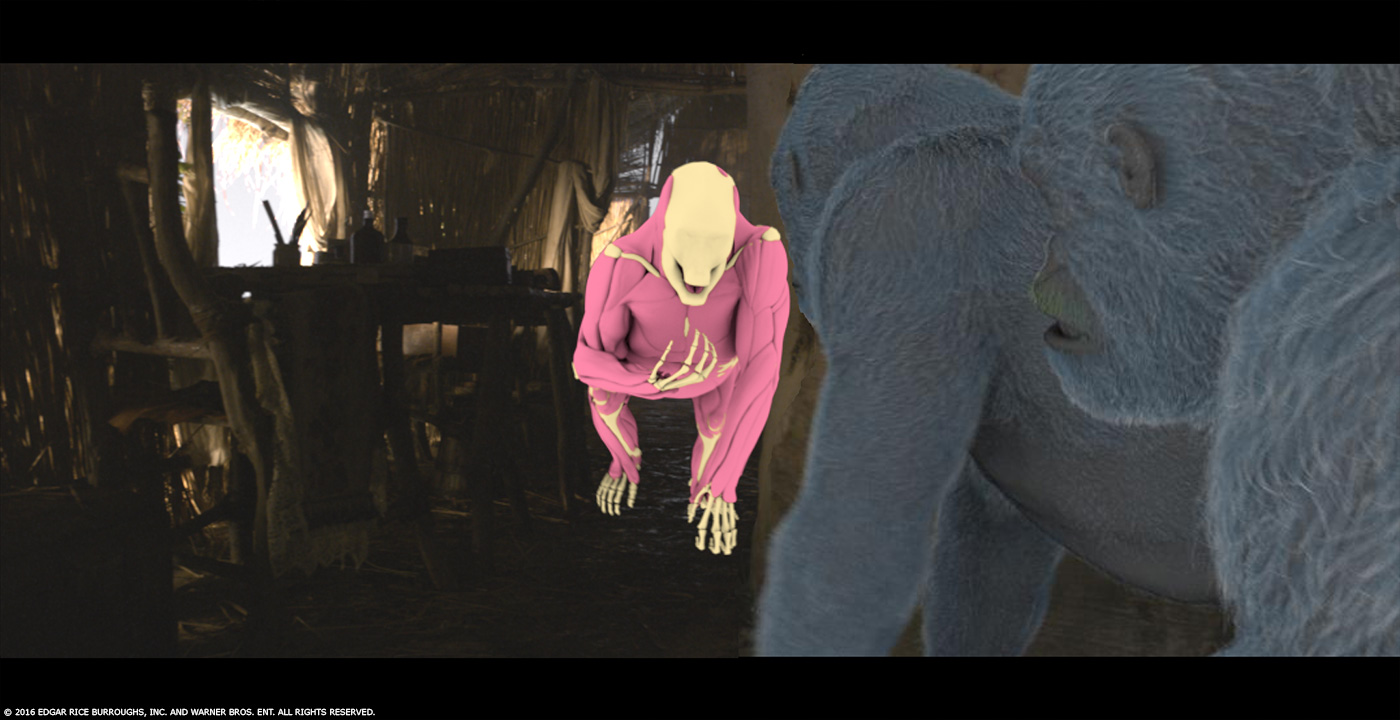
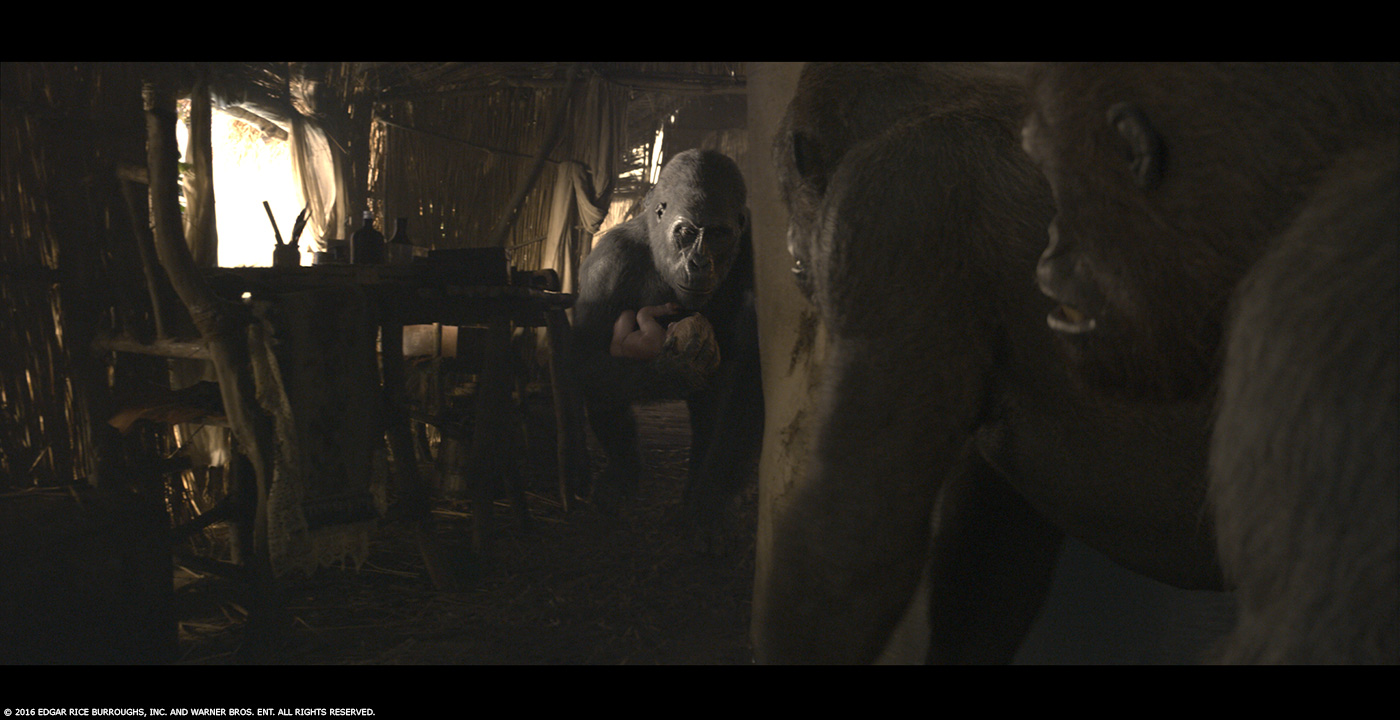



Excellent movie gentlemen (effects, score, acting..)
I liked the scenes with the apes and Tarzan fighting with Akut the best. Cinematography and jungle scenes were so beautiful. The only thing that was a bit underwhelming was the first stampedo scene (down the hill). The second one (with the tents) and remaining scenes were amazing.